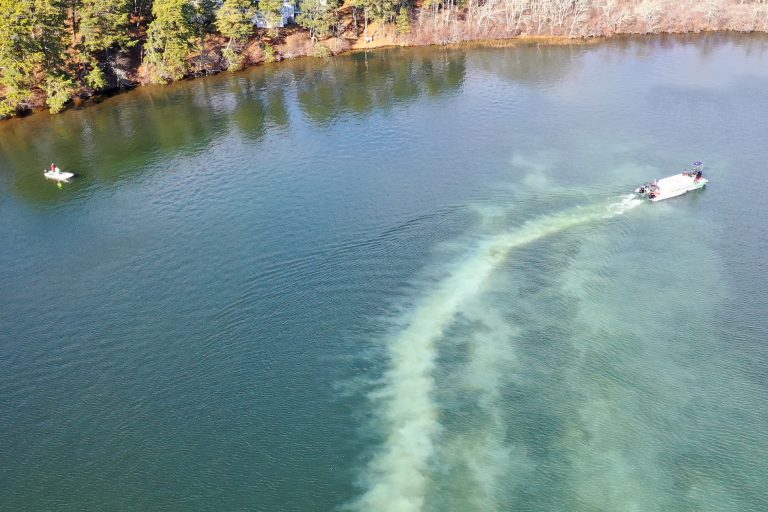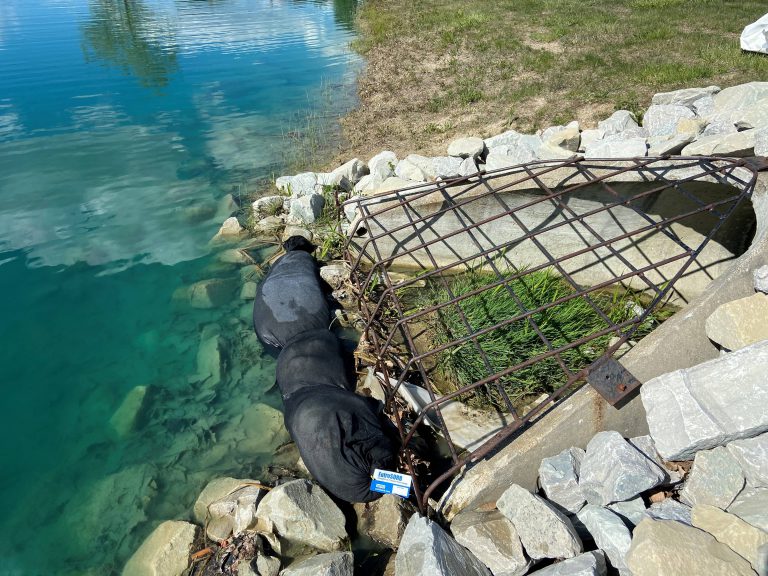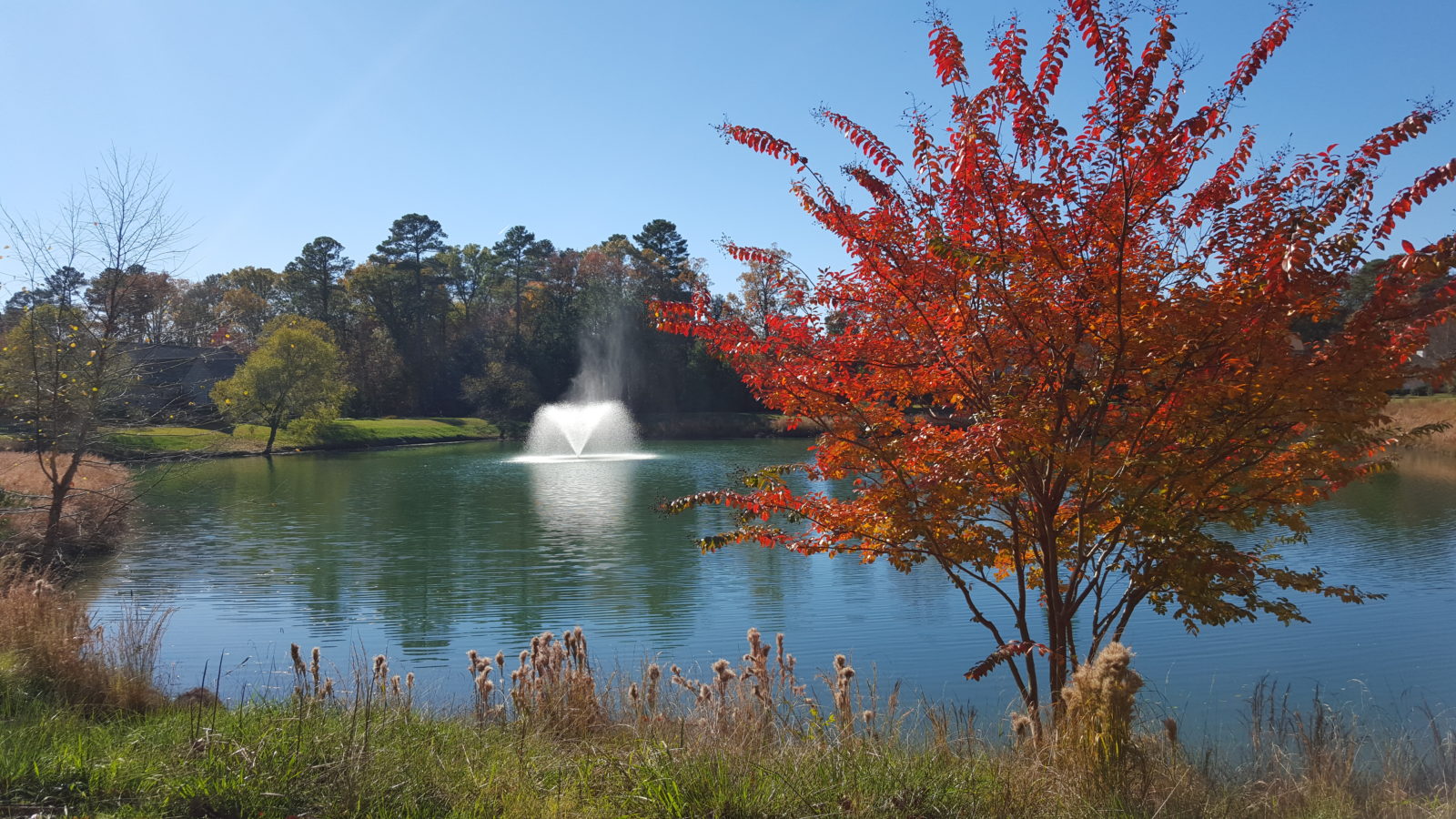
What Happens As Ponds Age?
All lakes and ponds go through a natural aging process called eutrophication, which enriches the pond with chemical nutrients like phosphorus and nitrogen. Cultural eutrophication also occurs when human activity speeds up this aging process by allowing sewage and fertilizers to enter the ecosystem. The excess nutrients can cause algae blooms, poor water clarity, and foul odors, while also being detrimental to aquatic life.
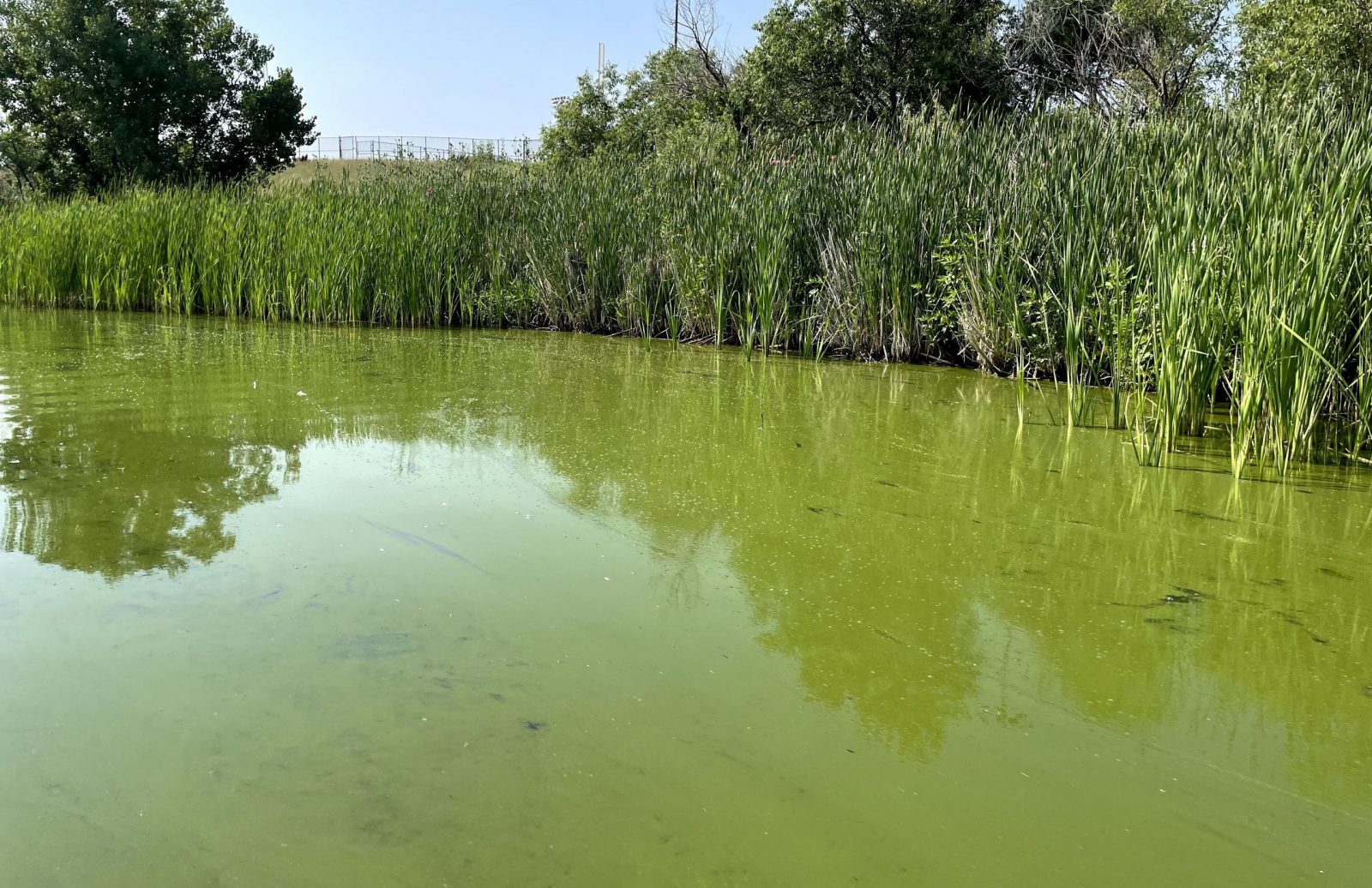
Can Phosphorus Be A Pollutant?
When excess phosphorus results in negative impacts on water quality, it may be considered a form of pollution. Even when sources of phosphorus have been curtailed by watershed management practices, such as reduced lawn fertilizer use, shoreline buffers, and stormwater management, the years of accumulation of phosphorus in bottom sediments can continue to degrade water quality well into the future.
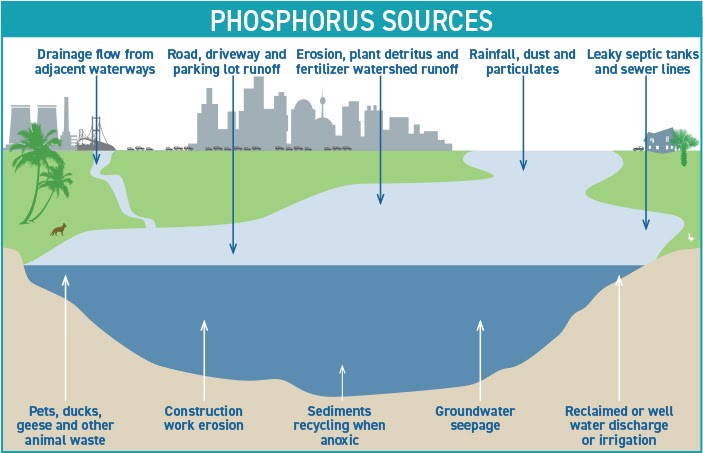
What Can Be Done?
Reduce phosphorus in your lake or pond and break the cycle of internal phosphorus loading with a proven phosphorus locking technology called Phoslock. Phoslock (lanthanum-modified clay) rapidly binds and permanently removes free reactive phosphorous (FRP) from the water column shortly after application, clearing up the pond and returning it to a naturally beautiful state. It is also effective in locking up the phosphorus in the bottom sediments which can help reduce the likelihood of nuisance aquatic weed and algae growth.

For chronic nutrient loading or highly turbid water, treatment with Alum (aluminum sulfate) can also be an effective management strategy for restoring water quality and improving clarity in your lake or pond. When introduced to the water, Alum forms a floc that binds with the excess nutrients in the water column. After a short time, this floc settles and forms a cover over the sediment. Once water quality conditions are more balanced, nuisance aquatic weeds, algae, and toxic cyanobacteria are less likely to thrive.
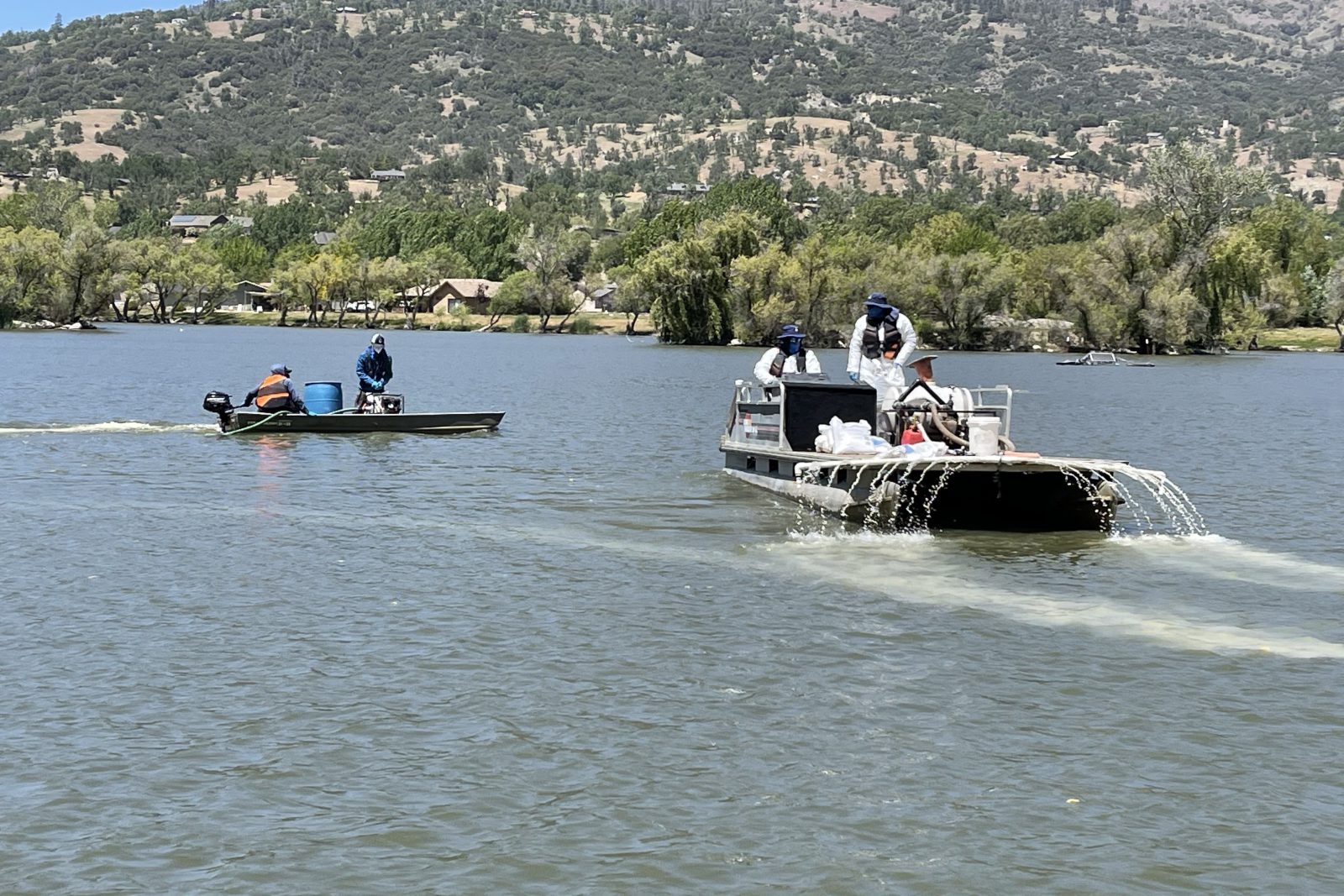
Take Action!
Phoslock has a high affinity to rapidly bind and permanently remove free reactive phosphorous (FRP) from the water column shortly after application, clearing up the pond and returning it to a naturally beautiful state. Alum is also effective at controlling nutrient levels to enhance water clarity and balance the aquatic ecosystem. To determine which solution is best for your waterbody, consult with an aquatic expert who can develop a nutrient management plan that will help put your pond on a path to recovery.








